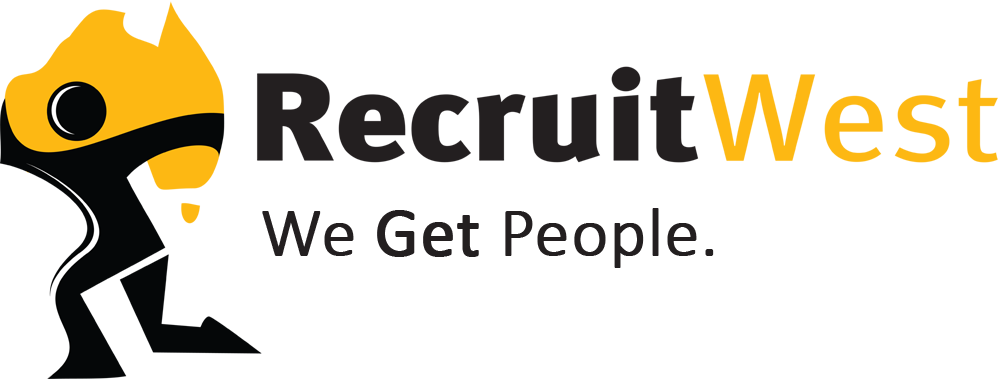It seems that every month brings a new suite of stories concerning data breaches and hacking attempts at besieged organisations across the world. In May 2019, hackers targeted the US Customers and Border Protection Agency, stealing photos of travellers and license plates related to about 100,000 people. Weeks later, hackers infiltrated Canva, the famed Sydney startup, and stole information related to 139 million users. In one notorious 2016 incident, hackers stole information from Uber, leading to the company paying a $148 million fine for its negligence.
In short, cybersecurity is essential, and failure to get it right could lead to reputational damage, disappointed (or even jeopardized) customers, and significant losses, fines or penalties. That’s why treating cybersecurity with the seriousness it deserves is so important. In this article, we consider six tips that will help you keep your business’s data safe and secure.
Understand the importance of cybersecurity
A cybersecurity policy protects everything connected to your network, including hardware, software, and all data. Whether you’re a local locksmith or a multinational corporation, if you have a computer network, and most businesses do, then you’re at risk of data breaches. It’s important to keep in mind that hackers don’t care how big your business is—they care whether or not it’s vulnerable.
Similarly, viruses don’t discriminate: if a virus can infiltrate your business, it will infiltrate your business. For example, in 2017, the WannaCry ransomware attack affected more than 200,000 computers across 150 countries, with total damages ranging from hundreds of millions to billions of dollars.
Make passwords strong and change them as needed
According to a study by the cybersecurity firm Thytoctic, some 80 per cent of data breaches involve a weak or compromised password. The basics of creating a strong password are familiar but well worth revisiting from time to time:
- Your password should use a mix of letters and numbers.
- It should use a combination of uppercase and lowercase letters.
- It should contain special characters.
- It should be more than 12 characters long.
Use a different password for each application or login and make sure to change them if you have any reason to suspect that your accounts have been compromised. If you’re worried about having to remember too many passwords, consider using a password manager like LastPass to keep them organised (and encourage your colleagues/employees to do the same).
Secure your wireless network
Ensure that only authorised personnel, including yourself, colleagues, and employees can access your wireless network. Use a reputable firewall to secure the network, making sure to monitor endpoints (for example, the network’s modem, hub, bridge, or switch). Use a separate WiFi login for guests and consider hiding your business network’s name.
Encourage sensible email habits
Often, viruses, malware, and ransomware rely on human error to infiltrate a network. For example, in 2013, the ransomware CryptoLocker extorted $3 million from victims across the globe by encrypting computer files and demanding a ransom for their decryption. It spread via attachments on unsolicited emails designed to look as if they were sent by government agencies and other seemingly trustworthy sources. To prevent similar attacks on your businesses, follow these principles:
- Only open email attachments from trusted contacts and businesses
- Delete suspicious or unsolicited emails
- Block junk, spam and scam emails
- Never download from unsolicited emails or unverified sources
Keep your cybersecurity software up to date
Hackers and cybercriminals are constantly looking for new vulnerabilities in the software that you rely on to keep your network operational. They’re engaged in an arms race of sorts with your antivirus and firewall software, which programmers constantly update to plug holes, neutralize new threats, and keep your data safe. So, keep in mind at all times, that your cybersecurity software is only effective if it's up to date.


